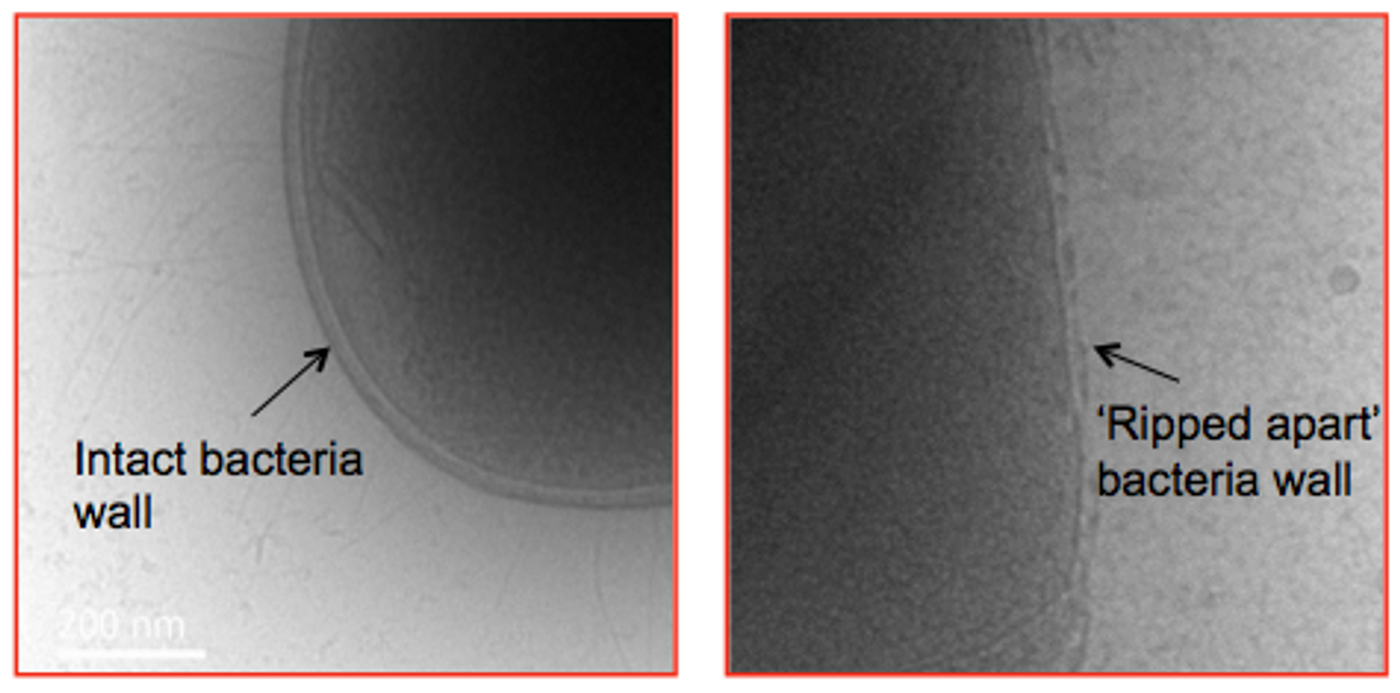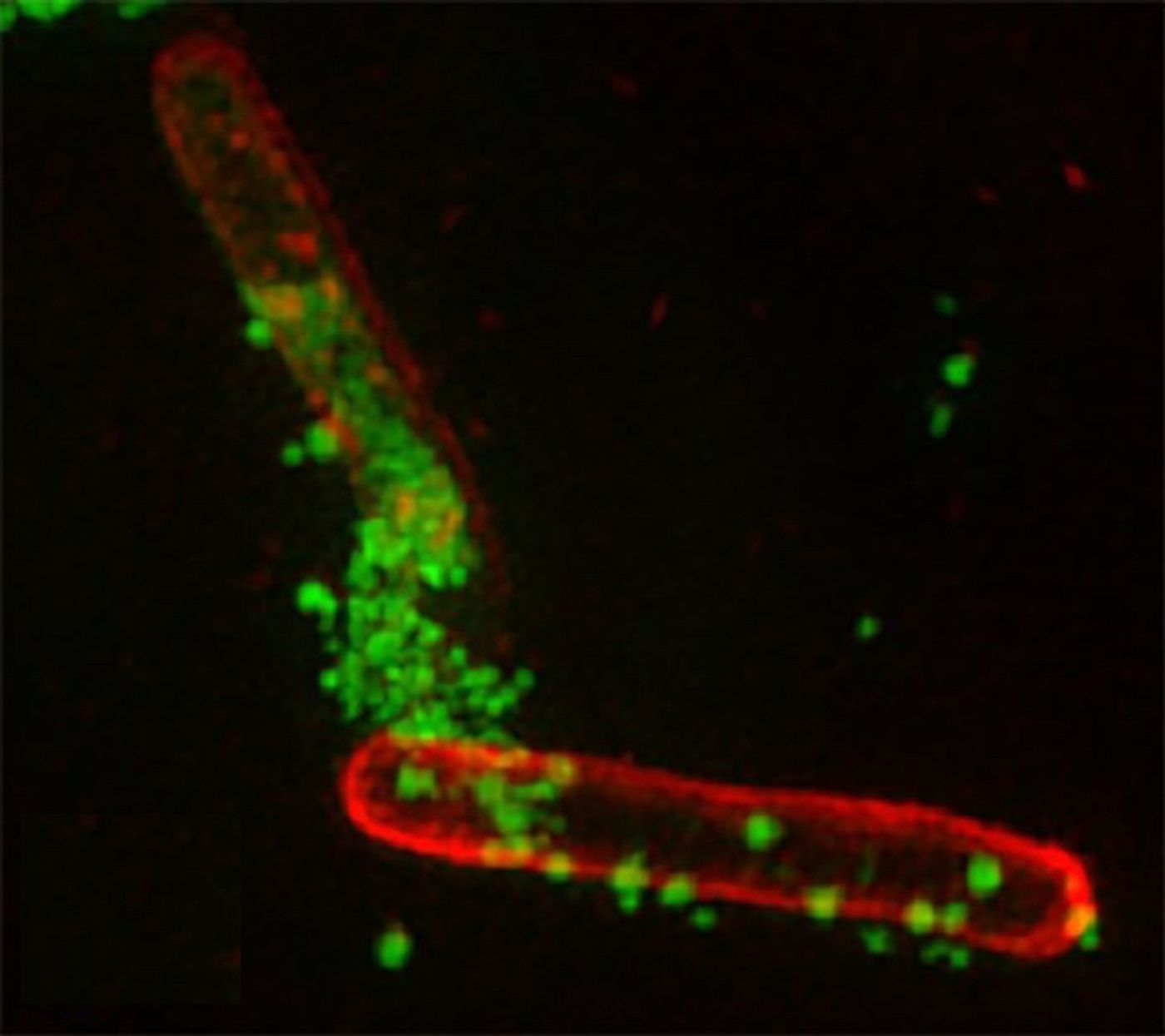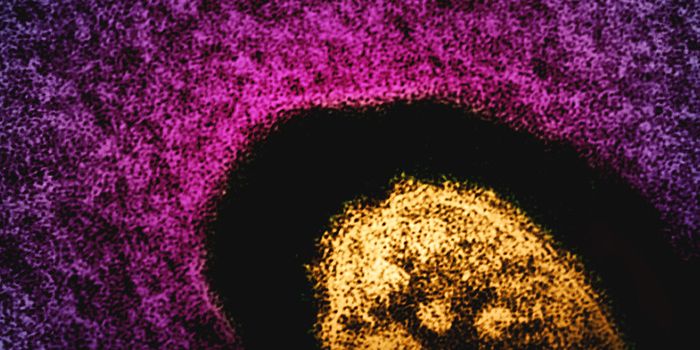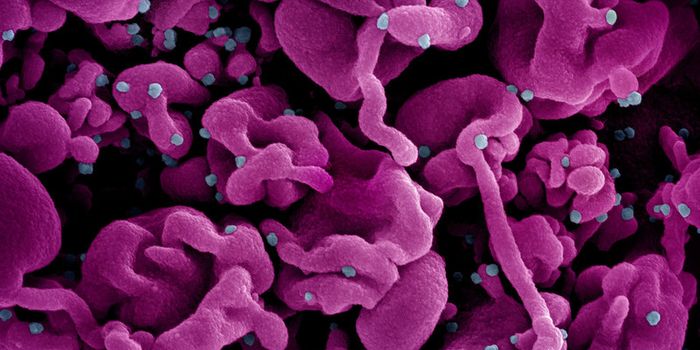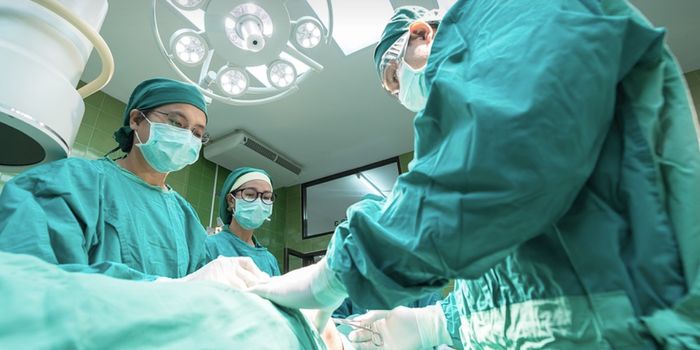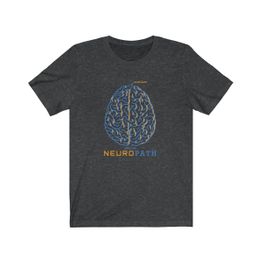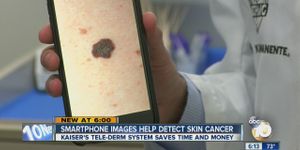Antibiotic resistance is a growing threat to public health. Researchers have begun to look for novel ways to fight microbes, especially those that can no longer be treated with common drugs.
A study recently published in Nature Microbiology has outlined the possible use of star shaped polymers in the fight against bacterial pathogens. The work is described in the video below.
The lab of Professor Greg Qiao has been investigating the efficacy of polymers for several years. The scientists have recently engineered a peptide polymer shaped like a star that is effective against Gram-negative bacteria without toxicity to the body. Gram-negative bacteria have a special outer membrane that renders most antibiotics ineffective, making them especially resistant to drugs.
Superbugs are microbes that have become immune to the actions of drugs, whether by acquiring special genetic traits by transmission from another microbe or spontaneous mutation. These dangerous microbes are becoming more common.
"It is estimated that the rise of superbugs will cause up to ten million deaths a year by 2050. In addition, there have only been one or two new antibiotics developed in the last 30 years," Qiao said.
Their report describes how these short chains of proteins, peptide polymers, can attack microbes in a variety of ways. The peptides can kill through multiple pathways, including by ripping up the cell wall of the bacteria. The researchers suspect this is part of the secret to their efficacy.
The research team responsible for the work also included PhD candidate Shu Lam, of the Department of Chemical and Biomolecular Engineering at the Melbourne School of Engineering in addition to Associate Professor Neil O'Brien-Simpson and Professor Eric Reynolds from the Faculty of Medicine, Dentistry and Health Sciences and Bio21 Institute.
"Our project is to build better alternatives to antibiotics," Ms Lam told Fairfax Media. "It kills bacteria in multiple ways," Ms Lam said. "We designed it to break the cell wall apart but we also found it can trigger the cell to kill itself."
In tests performed on animal models, it was confirmed that the polymer is able to kill superbugs. In addition, the microbes did not appear to develop any resistance to the polymer. In tests that utilized red blood cells, it was shown that a dosage rate 100 times normal would be required to pose a health threat.
While far more tests will be required before this drug can be used in the clinic, the technology holds a lot of promise. It’s at least a positive step forward as science searches for new and creative ways to fight pathogens.
Professor Qiao would also like to explore how polymers of other shapes might work. He stresses, however, that additional in vivo testing will be required to fully understand the toxicity risks of the polymers.
Sources:
Science Daily via
University of Melbourne,
Sydney Morning Herald,
Nature Microbiology
